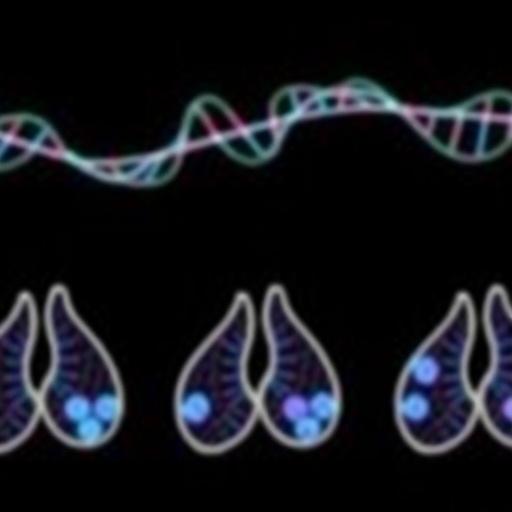Bottom Line: A risk prediction model developed using clinical and radiological features could stratify individuals presenting with a lung nodule as having high or low risk for lung cancer.
Journal in Which the Study was Published: Cancer Prevention Research, a journal of the American Association for Cancer Research
Author: Barbara Nemesure, PhD, director of the Cancer Prevention and Control Program and the Lung Cancer Program at Stony Brook Cancer Center in New York
Background: “While lung nodules are not uncommon, a major challenge in the field is determining which nodules will progress to cancer,” said Nemesure.
Even though lung and bronchus cancer is the leading cause of cancer mortality in the United States, the five-year survival rate for localized disease is greater than 50 percent, according to recent statistics. However, the majority of lung cancer cases are diagnosed after the cancer has metastasized. “Lung cancer is often asymptomatic in early stages, and the identification of high-risk individuals is a major priority,” Nemesure said.
Prior studies in this area include a retrospective analysis of lung cancer patients and an analysis of high-risk individuals undergoing screening for the disease, noted Nemesure. The current study aimed to prospectively predict lung cancer incidence among the general population presenting with a lung nodule, she said.
How the Study Was Conducted and Results: Nemesure and colleagues analyzed data from 2,924 patients presenting with a lung nodule assessed at the Stony Brook Cancer Center’s Lung Cancer Evaluation Center between Jan. 1, 2002, and Dec. 31, 2015. Patients were excluded if they had a history of lung cancer or if they were diagnosed with lung cancer within six months of the initial consultation. Participants were randomly assigned to discovery (1,469 patients) and replication (1,455 patients) cohorts. Among them, 171 developed lung cancer over the 13-year period.
Clinical and radiological data were collected to develop a risk prediction model. Using multivariable analyses, the researchers found that the combined variables of age, smoking pack-years, personal history of cancer, the presence of chronic obstructive pulmonary disease, and nodule characteristics such as size, the presence of spiculation, and the presence of a ground-glass opacity, could best predict who would develop lung cancer among the discovery cohort. These factors were combined to develop an overall risk score to stratify patients into high- and low-risk categories.
When the risk score was applied to the replication cohort, the researchers found that the model could discriminate cancer risk with a sensitivity and specificity of 73 percent and 81 percent, respectively. Compared with individuals in the low-risk category, those in the high-risk category had more than 14 times the risk of developing lung cancer.
Author’s Comments: “Through our model, we can identify which individuals with lung nodules should be closely monitored, so that we can catch the disease at an early stage and ultimately reduce the burden of lung cancer deaths,” Nemesure said.
“Even though the majority of lung nodules do not progress to cancer, it is still vitally important that patients seek follow-up care,” noted Nemesure.
###
Study Limitations: This was a single-center study that may not be generalizable to the public at large, Nemesure said.
Funding & Disclosures: This study was supported by the Stony Brook Cancer Center. Nemesure declares no conflict of interest.
Media Contact
Julia Gunther
[email protected]
http://dx.




